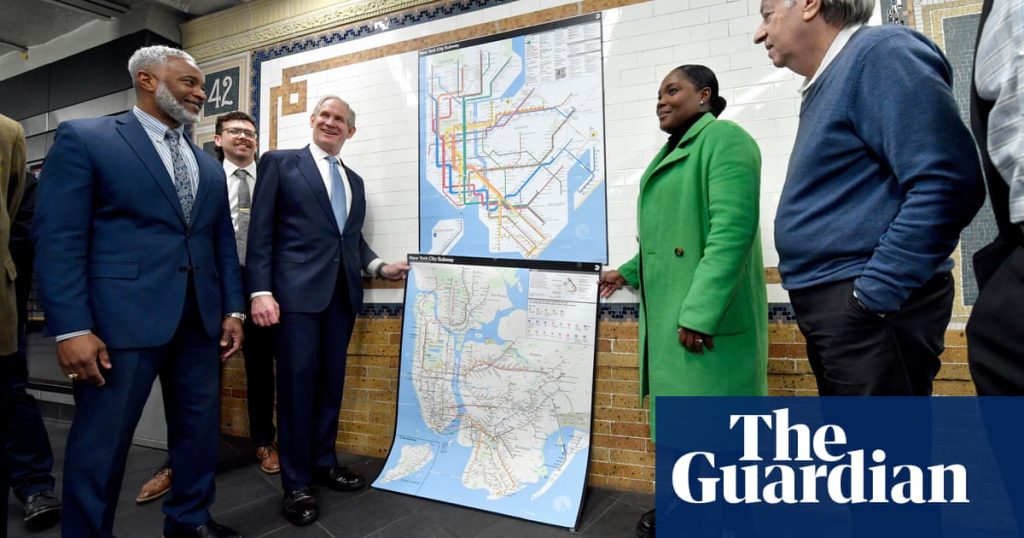New York City Subway Map Revamp
The New York City subway map has long posed challenges for users. Unlike transit maps in cities like Boston, London, and Tokyo, the New York map closely aligns with the city’s actual layout.
Visual Changes
Central Park and the boroughs are recognizable, but the design has been simplified. This month, the Metropolitan Transit Authority (MTA) unveiled a new map—more accurately described as a diagram—that presents a more geometric view of the subway system.
Improved Clarity
The new design maintains borough outlines but flattens complex details. For instance, Central Park is now a simple green square, and subway lines are depicted with clearer and bolder representations. Previously overlapping lines, like the A, C, and E trains, have distinct paths, making it easier for passengers to differentiate between local and express services.
Historical Context
The MTA states this new diagram is the first significant update since 1979 and aims for “essential travel information” to be easily readable. It recalls the controversial design by Massimo Vignelli from 1972, which prioritized clarity for riders but sacrificed geographical accuracy. While Vignelli’s design has its advocates, many New Yorkers found it frustrating and it was replaced by an earlier version in 1979.
The Challenge of Geography
Mapmaker Jake Berman explains that New York’s grid layout makes it challenging to design a transit map. While many cities can distort geography for simplicity, New Yorkers generally know their surroundings, making a confusing map even less acceptable. Vignelli’s modern aesthetic was also criticized; some even questioned the map’s color choices.
A Continuous Evolution
The MTA recognizes that maps are an evolving work, with ongoing adjustments over the years. The new design, a decade in the making, aims to merge the best elements from both traditional and diagrammatic maps to meet contemporary needs.
Reactions and Future Outlook
Initial responses to the new map vary, with some users expressing indifference, while others appreciate the updated look. Berman notes that with modern technology like Google Maps, riders can easily navigate once they’re above ground. There’s an understanding that although the new map may take time to adapt to, its effectiveness in helping passengers reach their destinations is what ultimately matters.



